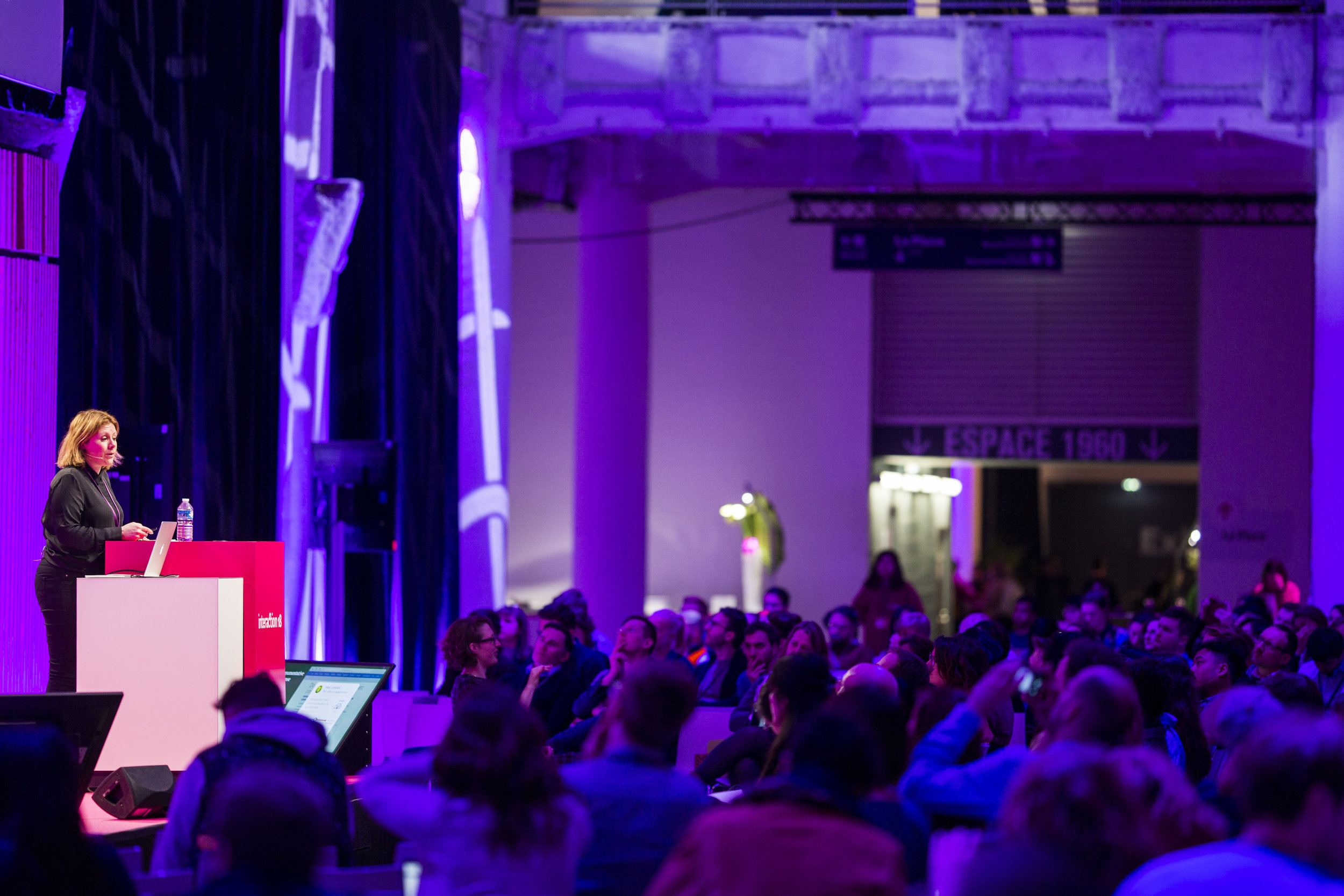About the project
Keywords
15-minutes video presentation
Slide presenting how we design physical rooms for diverse types of conversations, depending on what we intend with them and the context for such conversations. Such as a confessional that is designed for telling secrets; non-judgemental response, no audience and no user visibility. Photo by Fredrik Matheson.
I argue that different types of conversations should be designed differently. This argumentative conversation could for example have a reward system that rewarded strong arguments by people who normally would concider themselves far from the values presented in the argument. This relates to the ideas and strategy behind the space; to elevate and present argumentation from several angles.

